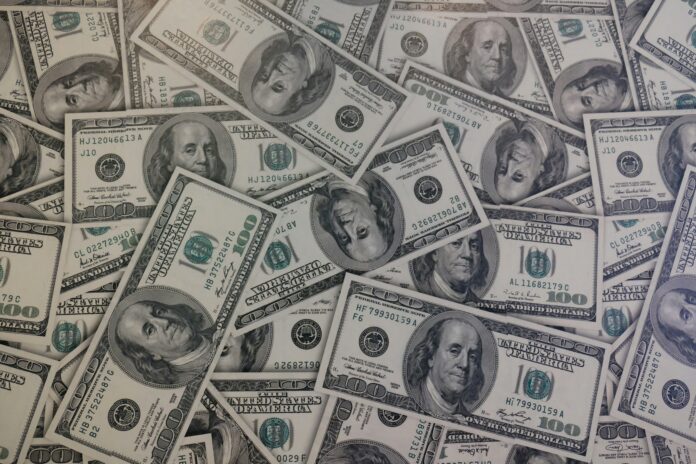The US Dollar Index (DXY) appears to be losing momentum at an accelerating pace, approaching the 98.00 level during Asian trading on Wednesday, amid an economic environment that strengthens expectations of a potential Federal Reserve interest rate cut next month. This decline is not only due to recent economic data, but also to the political climate and growing debate over the independence of the US central bank, which adds further uncertainty for investors. In my view, markets are now moving more clearly to the rhythm of monetary policy and political statements, making the dollar more vulnerable to sudden fluctuations, especially if tensions between the White House and Fed Chair Jerome Powell persist.
Data released yesterday on the US Consumer Price Index confirmed that inflation remains under control, with figures largely in line with market expectations. This opened the door for markets to increase their expectations for an interest rate cut, with the probability of a cut in the September meeting rising to around 94% compared to 85% before the data release. This jump in expectations explains the mounting selling pressure on the dollar. In my opinion, when market pricing for a cut reaches such levels, any contrary move would be a significant surprise that could temporarily reverse the trend — but this remains dependent on much stronger-than-expected data in the coming weeks.
Statements by Karoline Leavitt regarding the possibility of Donald Trump filing a lawsuit against Jerome Powell have sparked widespread debate in financial circles — not necessarily because it is an imminent practical step, but because of what it implies about the relationship between monetary policy and the executive branch. From an economic standpoint, central bank independence is one of the pillars of market stability, and any threat to it often negatively impacts investor confidence and quickly translates into currency prices. I believe this political dimension could have a greater short-term impact than the economic data itself, as it is difficult to measure precisely and unpredictable in its developments.
Inflation in July showed an interesting divergence; prices rose in some sectors — particularly services such as airline tickets and healthcare — while energy prices declined and food prices remained stable. This distribution suggests that inflationary pressures are not broad-based, but concentrated in specific sectors, giving the Fed room to manoeuvre and cut rates without worrying about runaway prices. I think the Fed will view this pattern as an opportunity to respond to signs of labour market weakness and economic slowdown, especially if upcoming data remains on the same moderate path.
Markets are now treating a September rate cut as almost certain, with some traders even betting on two additional cuts before year-end. For the dollar, these expectations represent a relatively negative environment, as any narrowing of interest rate differentials with other currencies will reduce the dollar’s appeal as a store of value or an investment in US fixed-income assets. In my view, these shifts in yield spreads are often the main driver of medium-term market trends, more so than short-term data.
However, upcoming data — particularly the Producer Price Index and labour market reports — could open a window to adjust these expectations. If these numbers come in stronger than expected, the dollar could see a limited rebound, especially since excessive short positions increase the likelihood of a corrective move. That said, the overall trend for the dollar at this stage remains tilted to the downside, and it could test deeper support levels — possibly down to 96.37, the July low — if the current negative momentum continues.
Therefore, I believe that the risks surrounding the dollar are no longer limited to a single factor, but rather a mix of moderate data, expectations of accommodative monetary policy, and political pressures. This combination makes any bullish scenario for the dollar more difficult in the near term — unless there is a sudden shift in the Fed’s tone or upcoming economic data is unexpectedly strong. Until then, the dollar will remain at the mercy of markets that now see a rate cut as an inevitable reality, weakening every attempt to return to the highs it recorded earlier.
Technical Analysis of Dollar Index ( DXY ) Prices:
The 4-hour chart of the US Dollar Index shows continued selling pressure, with the price moving within a descending channel since its recent peak near 100.30. The current pattern resembles a bearish flag formation — a continuation setup that signals the potential for the downtrend to resume if the lower boundary is decisively broken. Momentum indicators such as the Stochastic oscillator are showing the index nearing oversold territory, which could allow for a limited rebound before any potential break of the key support level.














